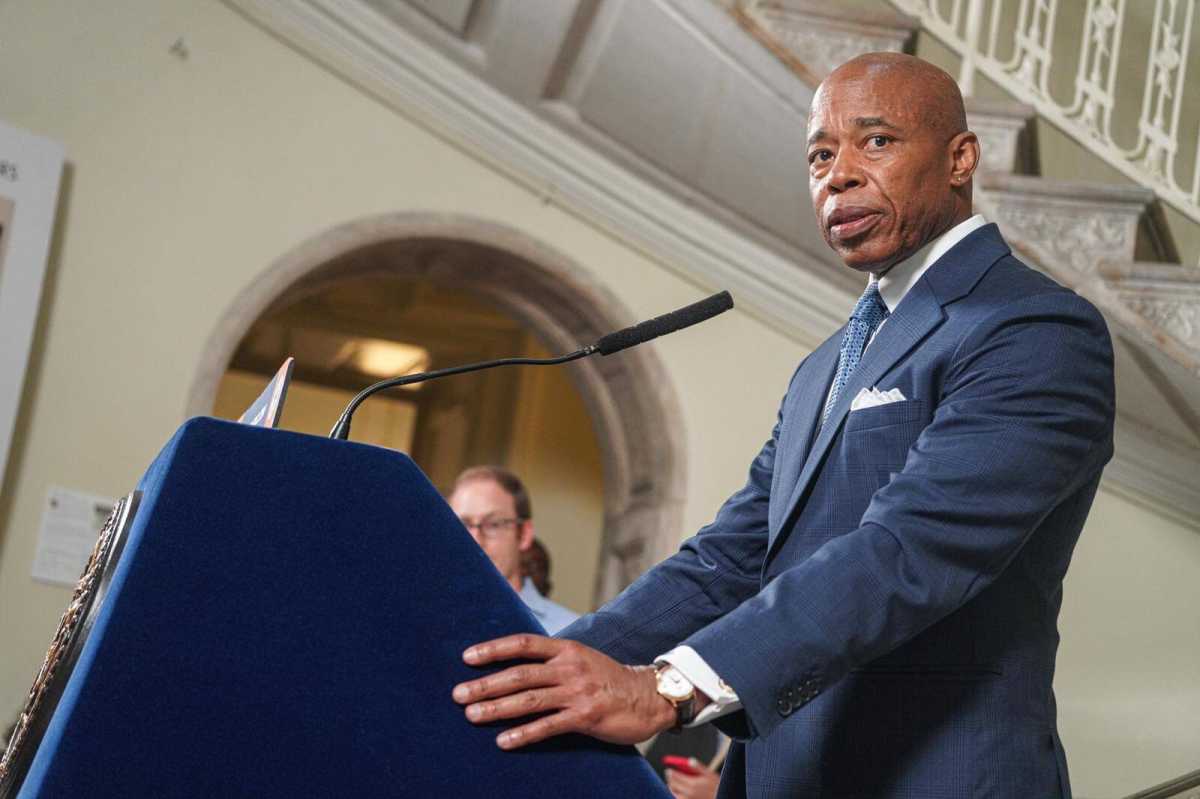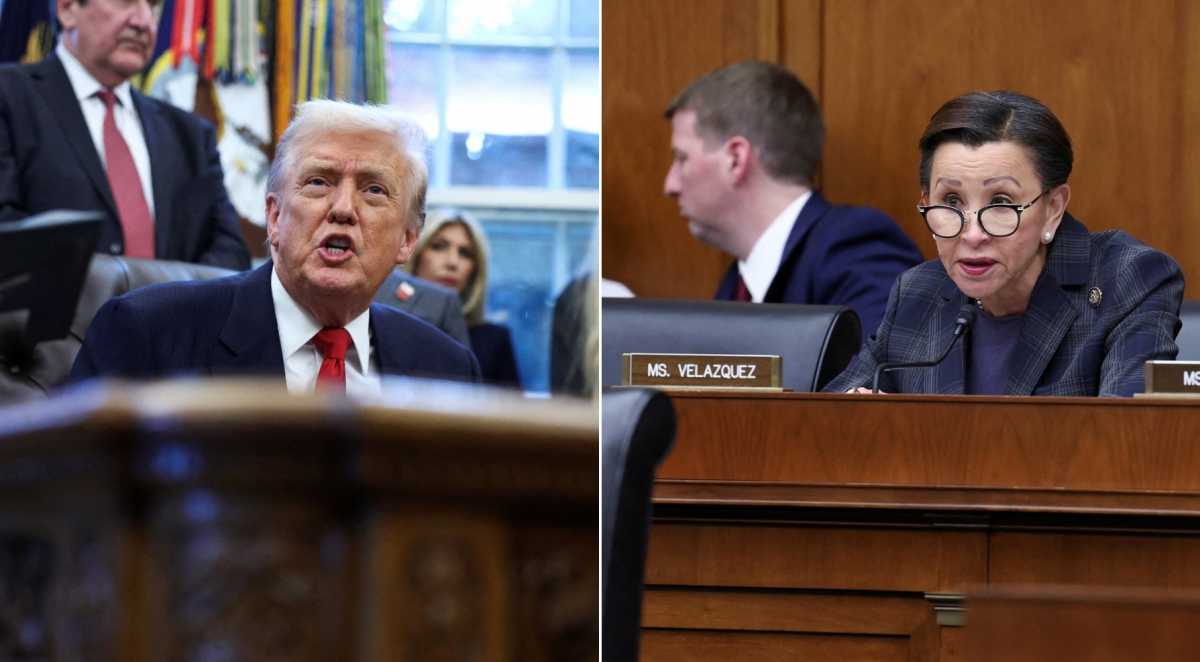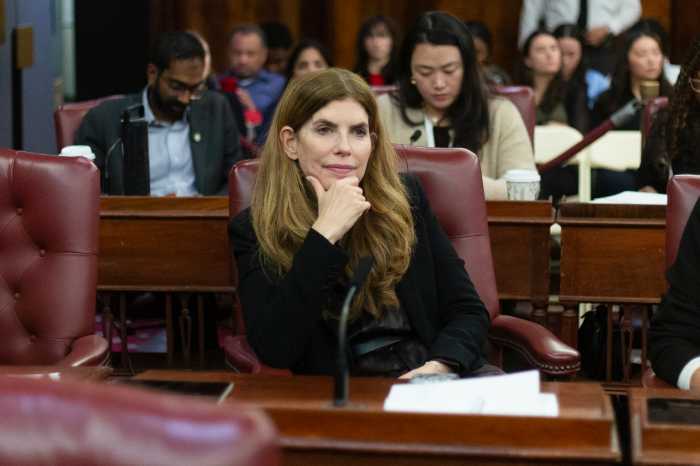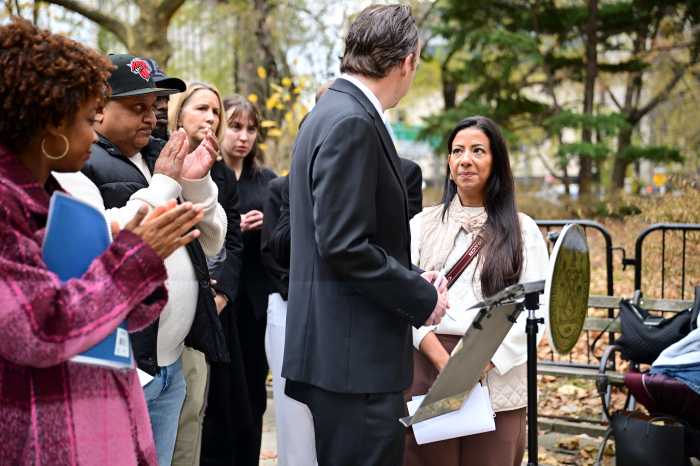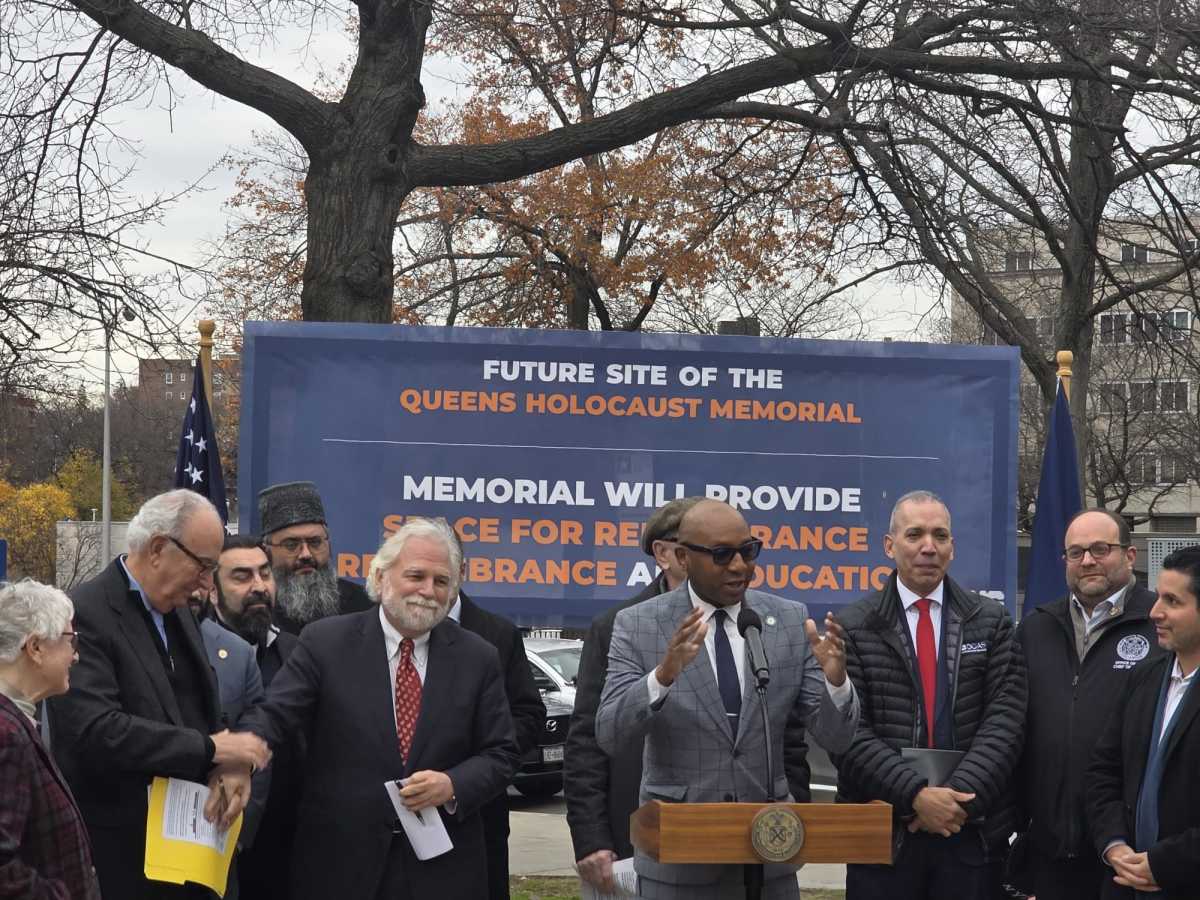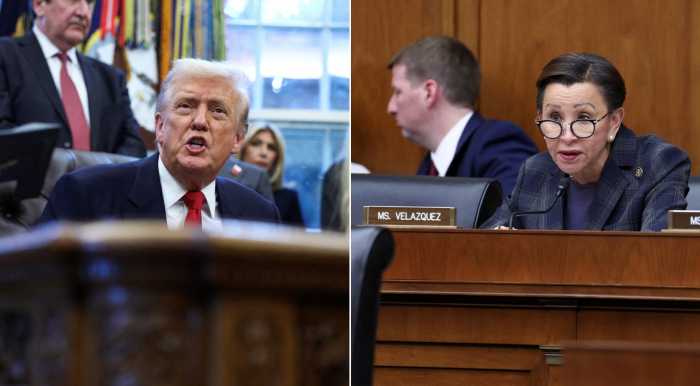Mayor Eric Adams’ announcement over the weekend that a 15% round of budget cuts may be required to deal with the migrant crisis “significantly overstates” the likely fiscal strain on the city, according to an analysis by the independent Fiscal Policy Institute (FPI) released Tuesday.
The report found the possible 15% cuts across all city agencies, which would total $10 billion and be made over the course of the next year, far exceeds the $6.5 billion the institute projects the city would need to cover the estimated migrant expenses over the current and next fiscal years.
Over the weekend, Adams ordered agencies to submit proposals for trimming 5% of their budgets before the release of his November Financial Plan, with additional rounds of 5% reductions on the table for his January preliminary budget and April executive budget if Albany and Washington don’t begin chipping in more aid.
In the FPI analysis, the group’s Executive Director Nathan Gusdorf said they aimed to break down what the proposed “cuts would be on an annual basis.”
“We also wanted to break down what the current and projected costs of the city’s aid to migrants would be on an annual basis, and then basically stack these up to show what are the current costs and the new previously unanticipated costs,” he added. “What kind of fiscal stress does that produce for the city? And does that match up with the proposed cuts? And so obviously, the conclusion of our analysis was that the cuts that are proposed are pretty significantly in excess of new costs for the aid to migrants.”
In the announcement of his latest belt-tightening measure, under the so-called “Program to Eliminate the Gap” (PEG), Adams stressed his administration will limit reductions to programs and services while cutting costs. He also pledged to reduce spending without laying off city workers.
Adams’ office is also implementing an indefinite hiring freeze across the municipal government starting Oct. 1 and a pause on other-than-personnel spending, which includes out-of-town travel to locations other than Albany or Washington D.C. Additionally, the administration pledged to work with uniformed agencies to rein in their overtime spending.
The mayor argues his latest savings program is necessary as the city continues having to fund shelter and other services for roughly 60,000 migrants, with thousands more arriving in the Big Apple each week. His Office of Management and Budget (OMB) updated its cost projections for the influx in August, now estimating the city could shell out up to $12 billion in migrant aid by 2025.
In the cost update, OMB anticipated the migrant crisis will cost $10.8 billion over this fiscal year and the next — $4.7 billion in Fiscal Year 2024 and $6.1 billion in FY25. But the FPI found that when factoring in roughly $1.3 billion in state aid and $140 million in federal assistance, plus $2.4 billion the city already budgeted for the crisis in this fiscal year and the next, the city would only have to cover $6.5 billion over FY24 and FY25.
The institute also concluded the city’s cost estimates may be overblown due to its underestimation of revenue in the coming years; assumption of no progress being made on migrants obtaining legal work permits and reductions in the city shelter population; and the per night cost for sheltering households remaining at $383 over the next two years.
The proposed 15% cuts would shave off billions of dollars from the budgets of the very agencies leading the city’s migrant crisis response. That includes $2.1 billion from the Department of Education (DOE), $1.4 billion from the Department of Social Services (DSS) and $200 million from the city’s public hospital system.
“Our view is that these cuts as formulated are largely unnecessary,” Gusdorf said. “But then on top of that, you would particularly want to avoid cuts to critical services that are a part of the city’s migrant response at a time when it’s trained to invest more money in providing aid to migrants.”
In a late Tuesday statement, a City Hall spokesperson pushed back on the FPI’s findings, stating they were based on “incorrect assumptions.”
“FPI’s calculations are based on incorrect assumptions and are therefore inaccurate,” they said. “The truth is that we must take strong and decisive action now to close anticipated multibillion dollar budget gaps in Fiscal Years 2024 and 2025, as required by law, and avoid substantial fiscal disruption that will hurt asylum seekers and longtime New Yorkers. If circumstances change over the year, we will reevaluate our savings initiatives.”
Adams’ latest move to get a handle on city spending comes as he last week stressed the migrant crisis will “destroy New York City” if the state and federal governments don’t begin pitching in more financial assistance and resources. He defended the remarks in a Sunday interview on PIX 11, referring to the potential migrant crisis tab as “financial typhoon.”
“Every service in this city from child services to our seniors to our housing plan,” the mayor said. “Everything will be impacted.”
Read more: Local Leaders File Lawsuit Against NYC Migrant Shelter



